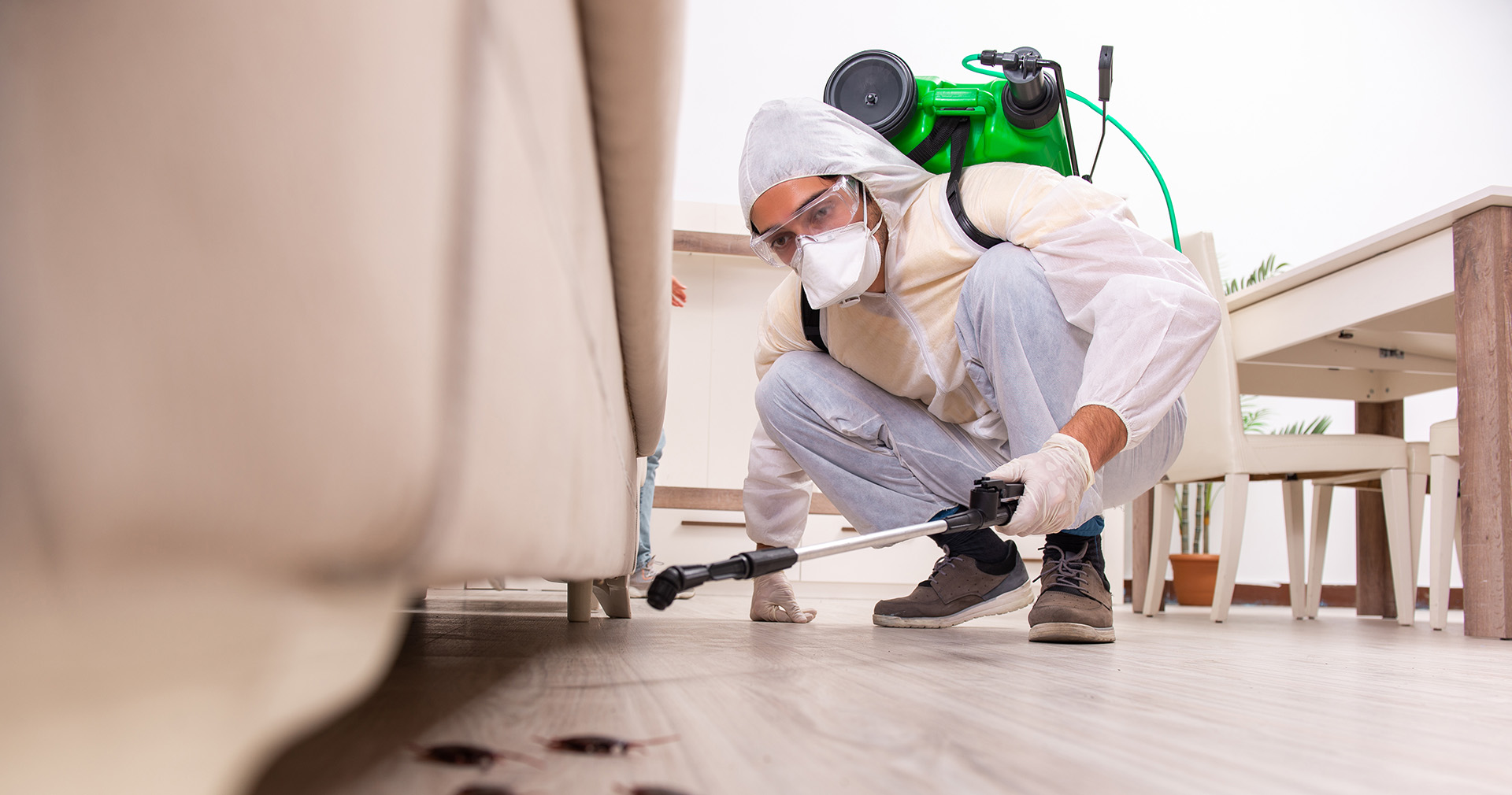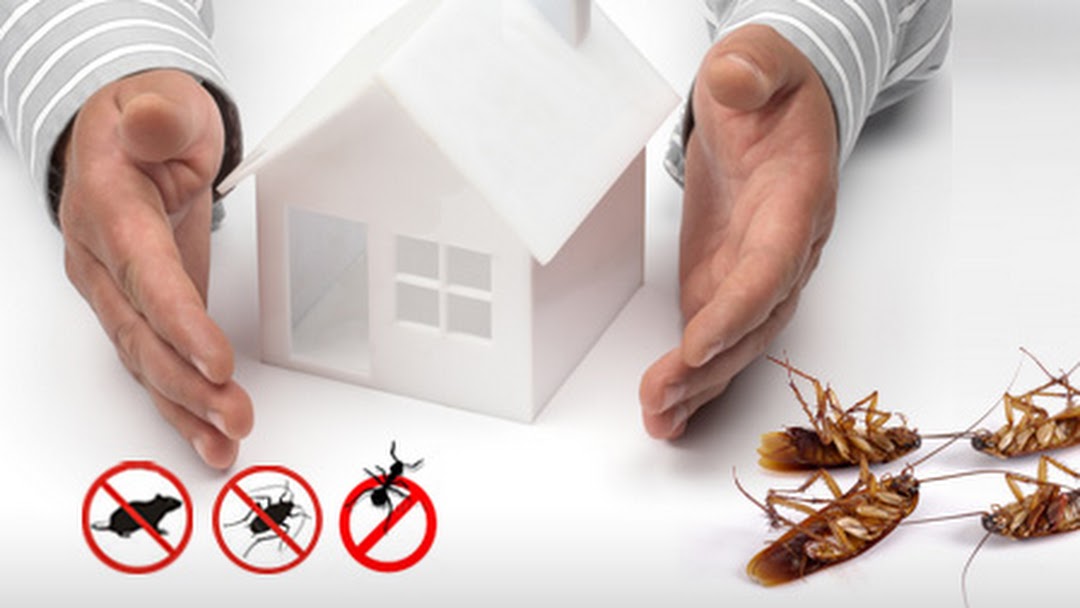Safe and Trusted Bug Control for Lasting Security
The value of risk-free and dependable insect control can not be overemphasized, particularly in a period where environmental issues are paramount. Efficient bug management requires a multifaceted technique that balances ecological stability with the need for effective bug reductions. By exploring eco-friendly options and incorporated pest monitoring techniques, home owners can achieve long lasting security versus intrusive varieties while securing advantageous environments. The nuances of these approaches may not be instantly clear, triggering a better assessment of the methods that can lead to lasting parasite control end results. What actions can be required to ensure both safety and efficacy in insect administration?
Recognizing Bug Control Techniques
Bug control includes a variety of approaches focused on managing and eradicating undesirable bugs and rodents that can threaten both wellness and property. Recognizing these approaches is important for efficient insect management.
The main classifications of pest control approaches include mechanical, organic, and chemical methods. Mechanical methods involve physical obstacles and catches to stop parasite entrance and capture undesirable types. As an example, making use of screens on home windows or utilizing sticky catches can substantially minimize pest populations without presenting damaging substances.

Chemical pest control is typically the most identified approach, making use of pesticides to eliminate insects. These chemicals can be efficient however have to be made use of with care to avoid adverse effects on non-target species and the environment.
Benefits of Eco-Friendly Solutions
How can environmentally friendly remedies transform parasite control techniques? The adoption of green bug control methods supplies many benefits, dramatically improving the performance and security of bug administration.

One more benefit is the favorable effect on local biodiversity. Environment-friendly solutions are made to target particular bugs while maintaining advantageous bugs and wild animals, advertising a well balanced ecosystem. This method lines up with the expanding customer need for lasting practices, improving the online reputation of parasite control providers.
Integrated Insect Management Techniques
The application of green solutions naturally causes the fostering of Integrated Bug Monitoring (IPM) approaches, which better boost parasite control efficiency. IPM is an all natural strategy that incorporates numerous methods to take care of parasite populaces while lessening environmental effect. This technique stresses the usage of organic, social, mechanical, and chemical controls, making sure a lasting and well balanced technique of parasite management.
One fundamental aspect of IPM is the detailed evaluation of parasite task and environmental problems. By Read More Here monitoring parasite populaces and recognizing their life process, professionals can execute targeted treatments that interfere with the insect's habitat or lifecycle, minimizing reliance on chemical pesticides. Additionally, social methods such as plant turning and habitat adjustment can considerably diminish bug establishment and recreation.
One more crucial part is using organic control agents, such as beneficial pests or microorganisms, which can normally suppress parasite populations. When chemical applications are essential, IPM prioritizes making use of low-risk pesticides and uses them selectively, decreasing exposure to non-target microorganisms and humans.
Including IPM techniques not just improves bug control performance but additionally promotes a much safer ecosystem, lining up with the expanding demand for sustainable methods in pest administration.
Safe Practices for Home Owners
Understanding the value of secure practices in bug control can encourage home owners to successfully take care of insect problems while guarding their wellness and the atmosphere. Applying non-toxic techniques and safety nets is vital in decreasing exposure to damaging chemicals.
Property owners must first evaluate their atmosphere for conditions that attract pests, such as standing food, water, and mess waste. On a regular basis cleansing and sealing entrance points can deter parasites from getting into the home. Using natural deterrents, such as essential oils or diatomaceous planet, can give reliable options to chemical pesticides.
When chemical treatments are essential, home owners must choose for products that are specifically classified as risk-free for domestic usage. It is important to comply with application guidelines diligently to prevent overexposure. Using targeted therapies in areas where bugs are identified, instead than blanket splashing, can considerably lower chemical use.
Last but not least, preserving open interaction with pest control experts pest control people is vital. Homeowners ought to ask about the security of products made use of and demand environmentally friendly choices whenever possible. By taking on these secure practices, property owners can create a healthier living environment while effectively handling insect concerns.

Tips for Long-Term Protection
Developing a pest administration method that stresses long-lasting protection can significantly enhance the performance of the secure techniques formerly gone over. To achieve this, property owners need to implement regular evaluations of their building, focusing on hidden areas such as attic rooms, cellars, and crawl spaces. Early detection of insect activity is important in stopping problems from holding.
These methods decrease attractants that draw bugs into the home. Sealing termite control systems access factors, such as cracks around home windows and doors, can efficiently obstruct prospective insect access.
Landscape design ought to also be taken into consideration; keeping plants trimmed and maintaining a range in between vegetation and the home decreases hiding spots for bugs. Utilizing all-natural deterrents, such as important oils or diatomaceous earth, can additionally dissuade problems without turning to harsh chemicals.
Finally, collaborating with a specialist insect control solution for regular analyses can offer an added layer of safety. These experts can use customized referrals and advanced therapies, ensuring that your home stays protected against parasites in the long term.
Final Thought
To conclude, safe and reputable bug control calls for a diverse technique that highlights environmentally friendly approaches and incorporated pest administration. By applying natural deterrents, conducting routine inspections, and keeping proper cleanliness, homeowner can substantially lower pest populaces while safeguarding helpful pests and the setting. Collaboration with professional insect control services enhances the efficiency of these strategies, making certain customized remedies that provide long lasting protection and comfort versus future infestations.
Efficient insect administration needs a diverse method that balances environmental stability with the requirement for efficient insect suppression. The adoption of environmentally friendly insect control methods offers numerous benefits, significantly boosting the performance and security of insect management.The implementation of eco-friendly remedies normally leads to the adoption of Integrated Pest Monitoring (IPM) approaches, which additionally enhance pest control efficiency. exterminator coquitlam. By keeping an eye on bug populations and recognizing their life cycles, professionals can execute targeted interventions that interfere with the insect's habitat or lifecycle, minimizing reliance on chemical pesticides.In verdict, reliable and secure insect control calls for a diverse method that highlights eco-friendly approaches and integrated parasite administration